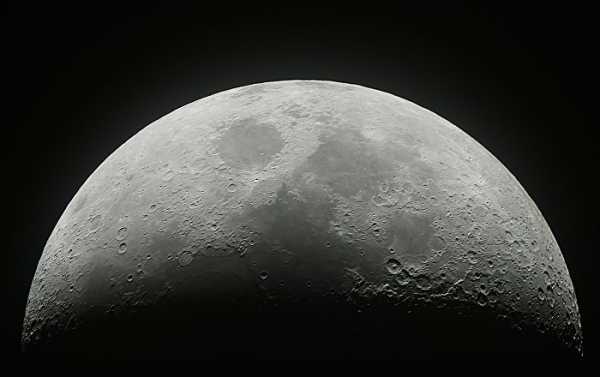
The breakthrough discovery comes after scientists looked into the research results obtained with the help of the Japanese Aerospace Exploration Agency’s SELENE spacecraft, nicknamed Kaguya, which was on a Moon mission from 2007 to 2009.
A team of scientists affiliated with research institutions in Japan has discovered evidence of embedded carbon emissions on the lunar surface, which questions the popular theory that the Moon was formed during the Earth’s collision with a “Mars-sized body”.
In an article published by the website Science Advances earlier this week, the researchers suggested that these carbon emissions “were distributed over almost the total lunar surface, but amounts differed with respect to lunar geographical areas”.
The scientists used findings that they obtained from the Japanese Aerospace Exploration Agency’s SELENE lunar orbiter, nicknamed Kaguya, which was in operation around the Moon from 2007 to 2009.
The unmanned spacecraft finally detected traces of carbon and water in lunar gases indicating that the Earth’s satellite is emitting carbon ions from its surface.
The team described carbon as a volatile element which has a considerable impact on “the formation and evolution of planetary bodies, although it was previously believed to be depleted in the Moon”.
A widely known concept of the so-called “dry” Moon actually reflects the giant impact hypothesis, also known as the “Big Splash”.
The theory, in particular, asserts the Moon was created after a collision between the Earth and the “wandering planet” Theia, which led to a significant part of the volatiles evaporating due to high temperatures.
Sourse: sputniknews.com






